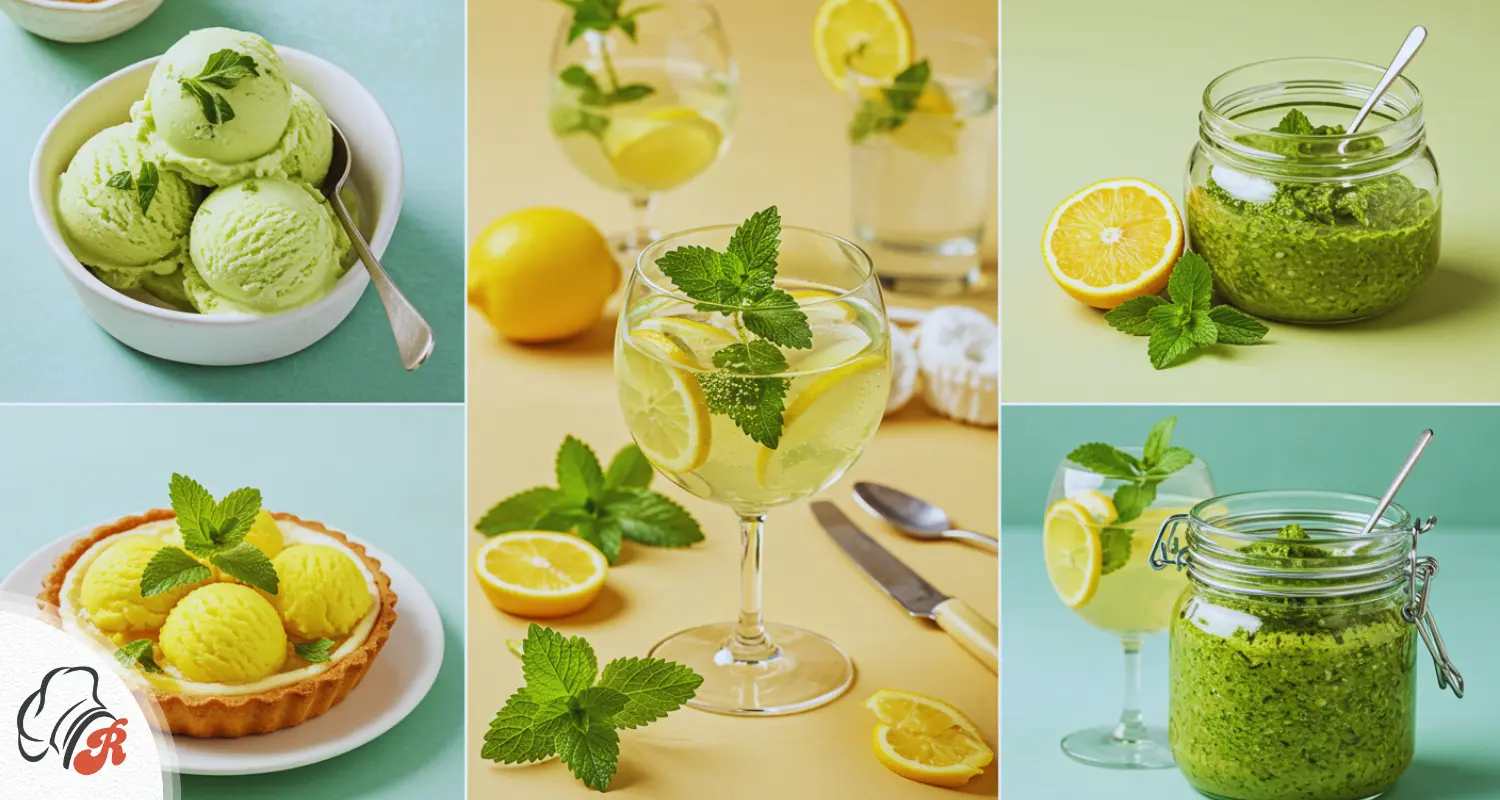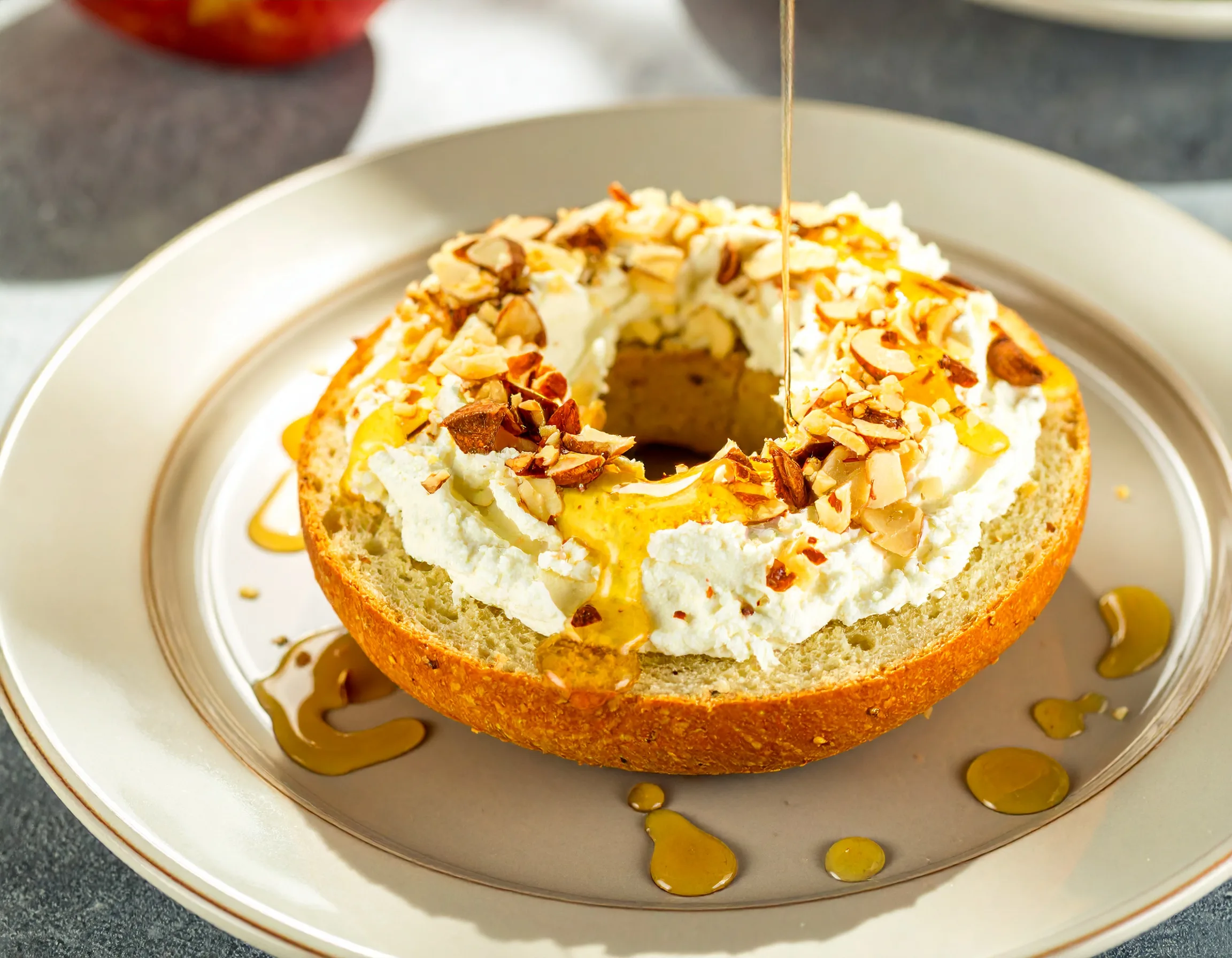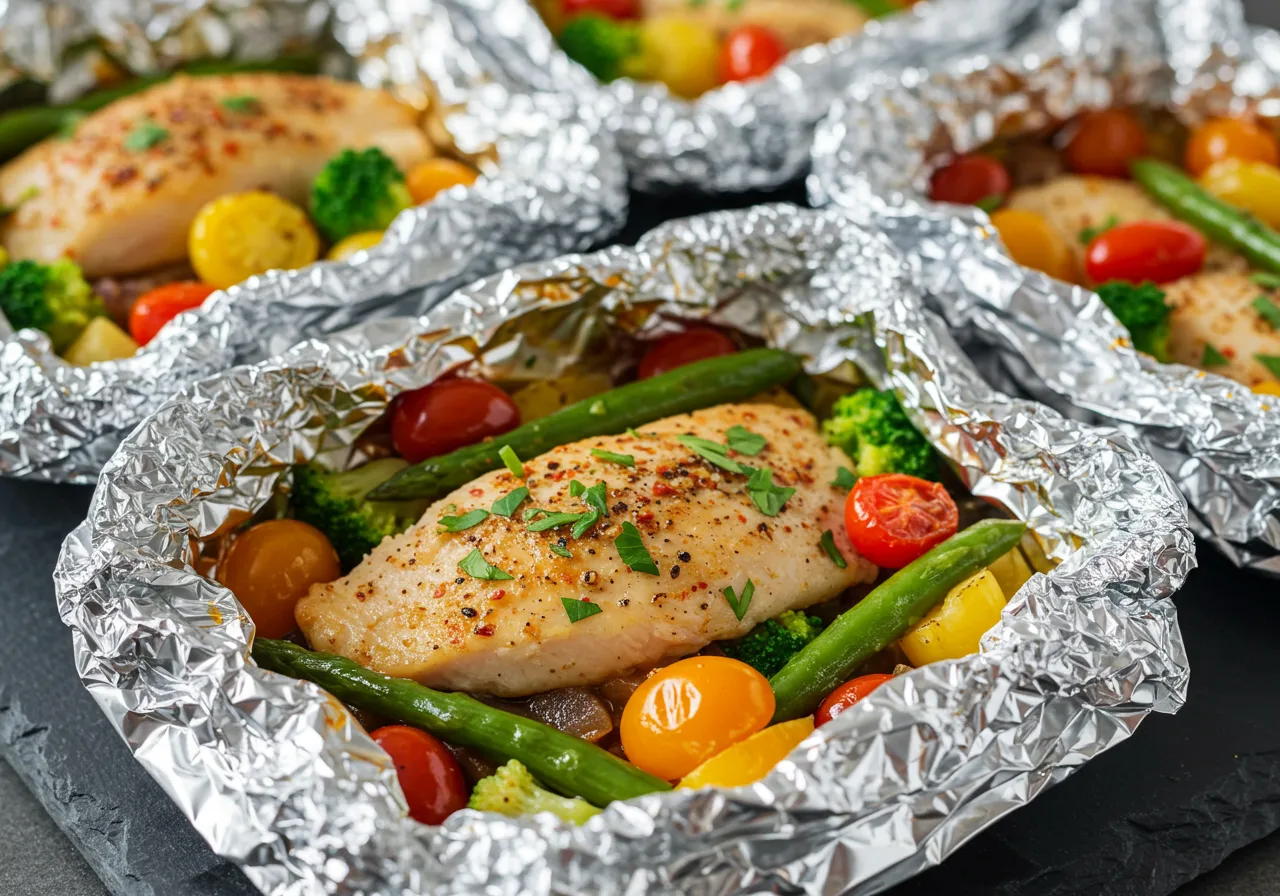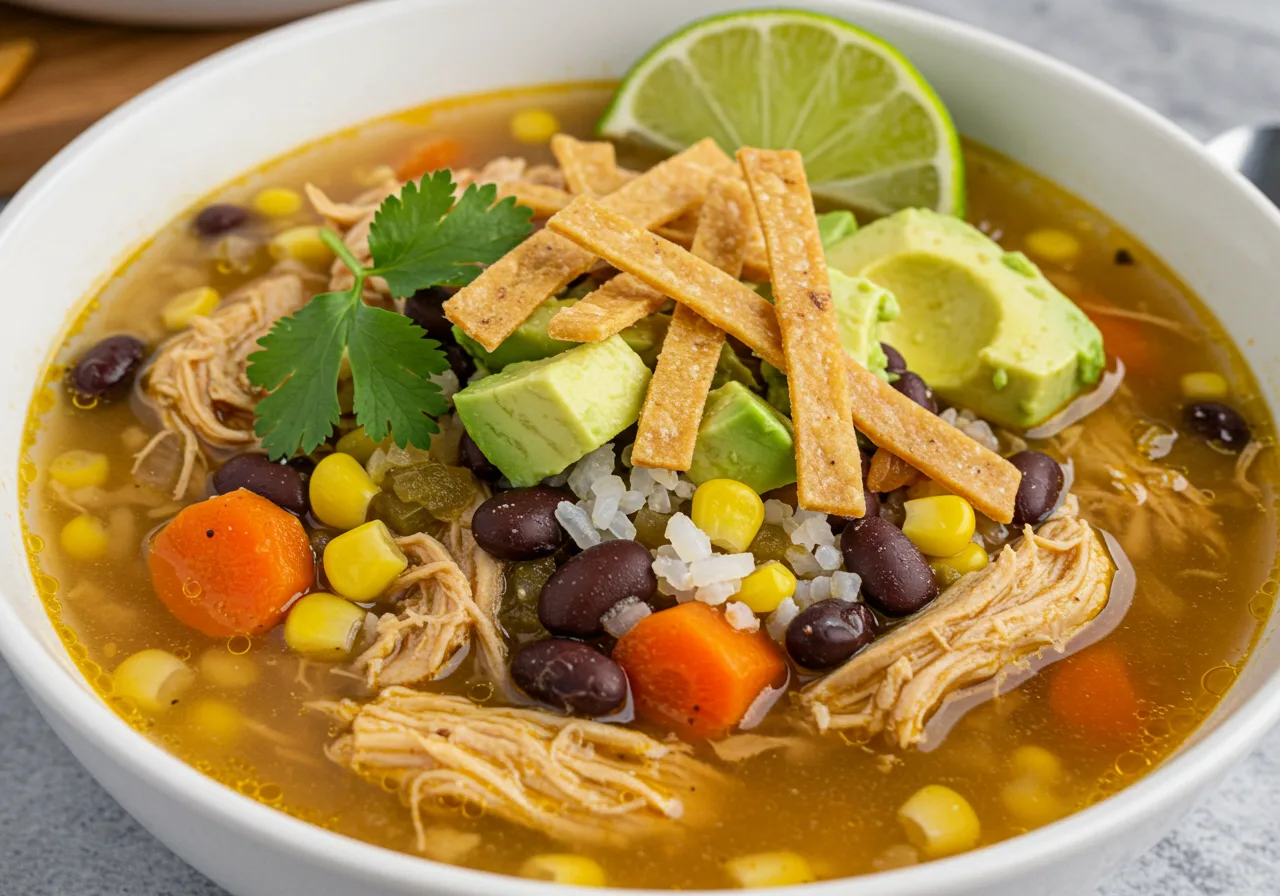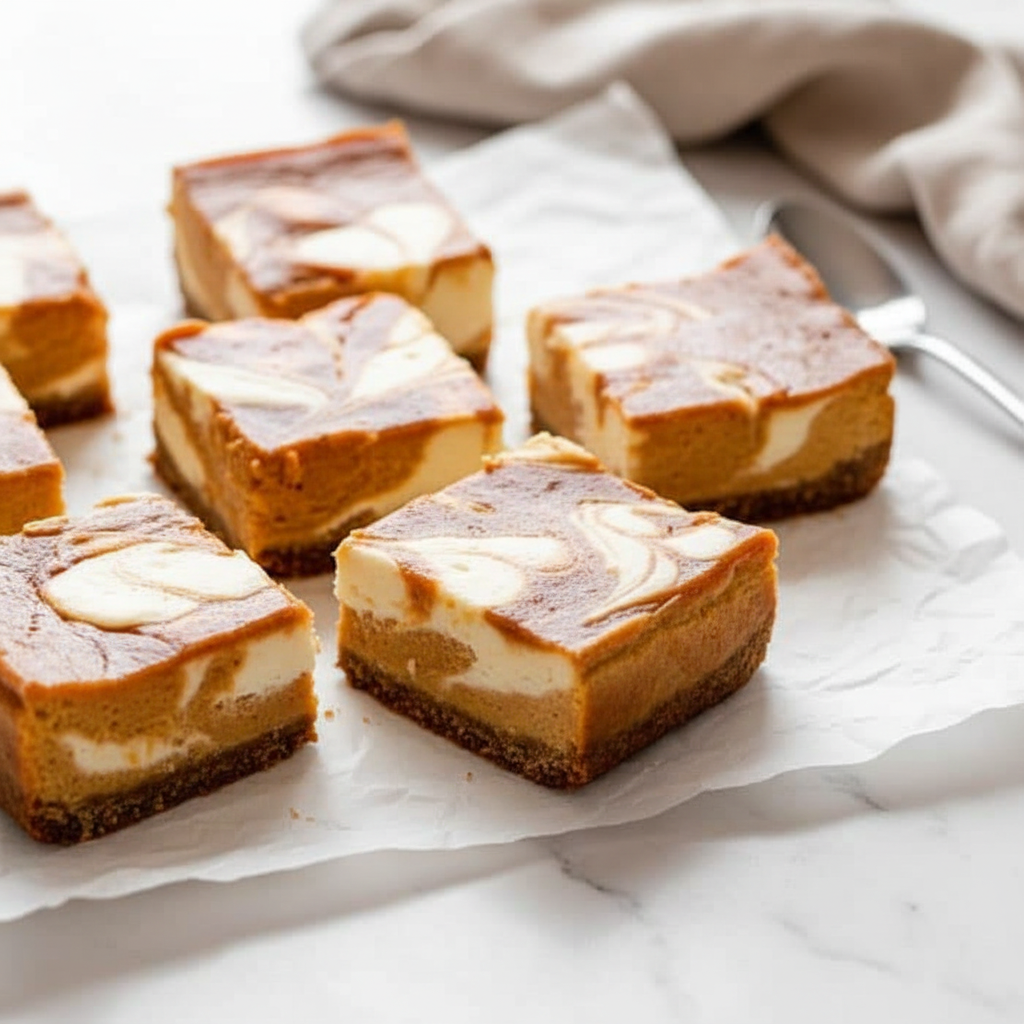Lemon balm in recipes, a fragrant herb known for its refreshing citrus aroma, has long been celebrated for its soothing properties and versatility in the kitchen.
While often used in teas for relaxation, lemon balm can also be an exciting and flavorful addition to a variety of dishes. From savory meals to fresh salads, incorporating lemon balm is a great way to elevate your cooking with its bright, herbal notes.
Lemon Balm in Recipes
Course: Dessert, Salad, SnacksCuisine: European, Herbal, FusionDifficulty: Easy4
servings10
minutes5
minutes50
kcal15
minutesA versatile recipe showcasing the refreshing citrus flavor of lemon balm, perfect for teas, desserts, salads, and beverages. Easy to prepare and bursting with herbal goodness.
Ingredients
1 cup fresh lemon balm leaves, chopped
2 cups water (for tea or infusions)
1/2 cup sugar or honey (adjust to taste)
1/4 cup lemon juice (optional)
1/4 cup chopped fruits (e.g., strawberries or apples, optional for salads)
Directions
- Wash and chop the fresh lemon balm leaves.
- For tea: Boil 2 cups of water, add the chopped lemon balm, and steep for 5-10 minutes. Sweeten with sugar or honey to taste.
- For desserts: Infuse lemon balm into cream or milk by gently heating it for 5 minutes. Strain and use in custards or cakes.
- For salads: Mix chopped lemon balm with fresh fruits, drizzle with honey, and garnish as desired.
- Serve fresh and enjoy the light citrusy flavor of lemon balm.
Recipe Video
Notes
- Lemon balm is best used fresh for maximum flavor.
Adjust sweetness to your liking for tea or desserts.
Store leftover lemon balm in a damp paper towel in the fridge to keep it fresh.
Table of Contents
Lemon Balm in Recipes for Weight Loss
Lemon balm isn’t just a delicious herb; it’s also a great addition to weight-loss-focused meals. Its mild, lemony flavor can enhance a variety of dishes while providing additional health benefits that can support your weight management journey. Here, we’ll explore how you can use lemon balm in recipes that not only taste amazing but also promote a healthy lifestyle.
1. Lemon Balm Recipe for Weight Loss: Low-Calorie Options
Lemon balm is low in calories and contains essential compounds that may help with digestion and fat metabolism. Incorporating lemon balm into your meals allows you to enjoy flavorful dishes that won’t compromise your caloric intake. Some healthy, low-calorie recipe ideas include:
- Lemon Balm-Infused Water: One of the simplest ways to enjoy the benefits of lemon balm is by infusing it into your water. This refreshing drink can promote hydration, improve digestion, and may help curb unnecessary snacking. Just steep a few sprigs of lemon balm in a jug of water and refrigerate for a couple of hours. You can add cucumber slices or lemon for an extra burst of freshness.
- Lemon Balm Smoothie: Combine lemon balm with nutrient-dense ingredients like spinach, kale, or cucumber for a refreshing and low-calorie smoothie. You can also add a scoop of protein powder for a filling snack or meal replacement.
- Lemon Balm in Salad Dressings: Create a fresh, light lemon balm vinaigrette by blending lemon balm with olive oil, lemon juice, and vinegar. This adds a flavorful tang to your salads without the added sugars and preservatives found in store-bought dressings.
2. Lemon Balm Drink Recipes for Weight Loss
Lemon balm drinks are not only tasty but can also help boost your metabolism and reduce bloating, two factors that contribute to weight loss. Here are a few ideas for incorporating lemon balm into your daily drink routine:
- Lemon Balm Detox Tea: Make a simple detox tea by steeping fresh or dried lemon balm leaves in hot water. This natural, caffeine-free beverage can help support the body’s detoxification processes and reduce bloating. You can pair it with lemon or ginger for additional digestive benefits.
- Iced Lemon Balm Tea: For a refreshing cold drink, brew lemon balm tea and chill it in the fridge. Add a bit of honey or stevia to taste, or infuse it with other herbs like mint or rosemary for added flavor. This drink is perfect on hot days or as an afternoon pick-me-up that’s both hydrating and weight-loss friendly.
- Lemon Balm & Green Tea Infusion: Combine the metabolism-boosting benefits of green tea with the calming effects of lemon balm. This dual-purpose drink is not only refreshing but also helps curb hunger, making it a great drink to sip between meals.
3. Los Weight With Lemon Balm in Recipes
Lemon balm can be a powerful ingredient when added to everyday meals designed to support weight loss. Here are a few more ideas on how to use it effectively in your cooking:
- Lemon Balm Chicken Salad: A light, protein-packed salad featuring grilled chicken, lemon balm leaves, and other veggies like cucumbers and tomatoes. The addition of lemon balm adds flavor without extra calories. Toss with a light lemon-balsamic dressing for the perfect weight-loss meal.
- Lemon Balm-Powered Zucchini Noodles: Zucchini noodles (or “zoodles”) are a great low-carb substitute for pasta, and when paired with lemon balm pesto, they make for a fresh, satisfying dish. The lemon balm pesto, made from fresh leaves, garlic, olive oil, and a little parmesan, is both light and full of flavor.
- Lemon Balm Smoothie Bowl: For a more filling breakfast or snack, create a lemon balm smoothie bowl with yogurt, almond milk, and fruit like berries or banana. Top with chia seeds, granola, or nuts for added fiber and crunch. This is a nutrient-packed, low-calorie option to start your day.
- Lemon Balm in Soups: Lemon balm can be added to vegetable soups for a fresh herbal twist. Try it in a simple vegetable broth-based soup with ingredients like carrots, celery, and spinach. It adds depth to the flavor without introducing unhealthy fats or high calories.
4. Lemon Balm for Appetite Control and Digestion
One of the hidden benefits of lemon balm for weight loss is its ability to help curb cravings and promote healthy digestion. Here’s how lemon balm works its magic:
- Appetite Suppressant: Lemon balm can act as a mild appetite suppressant due to its calming effect on the nervous system. By reducing anxiety and stress, which are often linked to overeating, lemon balm helps you make healthier food choices. Drinking lemon balm tea before meals may reduce the desire to snack excessively.
- Stomach Remedy: lemon balm has been traditionally used to enhance digestive function. It can soothe the stomach, relieve indigestion, and ease bloating. When your digestive system is functioning well, your body is better able to absorb nutrients, burn fat, and maintain a healthy metabolism—all key factors in weight loss.
- Supports Metabolism: The mild aromatic compounds in lemon balm have been linked to improved metabolic function. When combined with other metabolism-boosting ingredients like ginger, lemon balm can enhance fat-burning, making it an ideal herb to include in your weight-loss regimen.
How to Use Lemon Balm in Cooking: Easy Tips & Tricks
Lemon balm is a wonderfully versatile herb that can elevate a variety of dishes with its bright, citrusy flavor. Whether fresh or dried, this herb can be incorporated into both sweet and savory recipes, adding a fresh twist to your meals. In this section, we’ll explore practical tips and tricks for using lemon balm in your cooking, from preparing the herb to adding it to your favorite dishes.
1. How to Use Lemon Balm Leaves: Fresh & Flavorful Options
Fresh lemon balm leaves are the most common way to add flavor and aroma to your dishes. Here’s how to get the most out of this herb:
- Harvesting and Preparing Lemon Balm: If you’re growing lemon balm at home, it’s important to harvest the leaves properly. Pick the young, fresh leaves for the best flavor. Make sure to rinse them thoroughly under cool water to remove any dirt or pesticides. Pat them dry gently with a towel or paper towel before use.
- Chop or Tear for Maximum Flavor: Lemon balm leaves have a delicate texture, so it’s best to tear or chop them just before adding them to a dish. If using them in a salad, simply tear them by hand to preserve their natural oils. For cooked dishes, chop them finely to release their fragrance and flavor.
- Infuse Lemon Balm in Oil: One of the easiest ways to incorporate lemon balm into your cooking is by infusing it into olive oil. Combine a few sprigs of fresh lemon balm with a cup of olive oil in a jar and let it steep for several days. This infused oil can be drizzled over salads, used in dressings, or used to sauté vegetables.
2. How to Make Lemon Balm in Recipes: Creative Culinary Uses
Once you have fresh lemon balm leaves, there are several ways you can incorporate them into your recipes:
- Lemon Balm Pesto: Lemon balm can be used in place of basil to create a fresh, citrusy twist on traditional pesto. Blend together fresh lemon balm leaves, garlic, pine nuts, and olive oil to make a delicious pesto. This can be tossed with pasta, spread on toast, or drizzled over grilled vegetables.
- Lemon Balm Marinades: Lemon balm pairs beautifully with meats like chicken, lamb, and fish. You can make a flavorful marinade by blending lemon balm with olive oil, lemon zest, garlic, and a touch of honey or mustard. Let the protein sit in this marinade for at least an hour before grilling or baking to infuse it with a fresh, tangy flavor.
- Lemon Balm in Soups & Stews: Add lemon balm at the end of cooking to enhance the flavor of broths and stews. Try adding it to vegetable soups, especially those that contain lemon or other citrus elements. For example, a lemon balm addition to a creamy potato soup or a vegetable broth can add a refreshing herbal note to balance the rich flavors.
3. Dried Lemon Balm in Recipes: A Convenient Alternative
If fresh lemon balm isn’t available, dried lemon balm is a great alternative. While the flavor may be slightly more subdued than fresh leaves, it can still provide a lovely citrusy note to your cooking.
- Use Dried Lemon Balm in Tea: Dried lemon balm is excellent for making herbal tea. Steep a tablespoon of dried leaves in hot water for about 5–10 minutes. You can mix dried lemon balm with other herbs like chamomile or mint for a relaxing and aromatic tea.
- Add Dried Lemon Balm to Baked Goods: Dried lemon balm can be sprinkled into cookie dough, muffin batter, or cakes to add a unique flavor. Lemon balm works especially well in lemon-flavored desserts, such as lemon cakes, scones, or shortbread.
- Dried Lemon Balm as a Spice: Dried lemon balm can be crushed and used as a seasoning for roasted vegetables, chicken, or even popcorn. Combine dried lemon balm with salt, pepper, and other dried herbs to create a flavorful seasoning mix that you can sprinkle over your dishes for a burst of flavor.
4. How to Use Lemon Balm in Recipes: Sweet & Savory Dishes
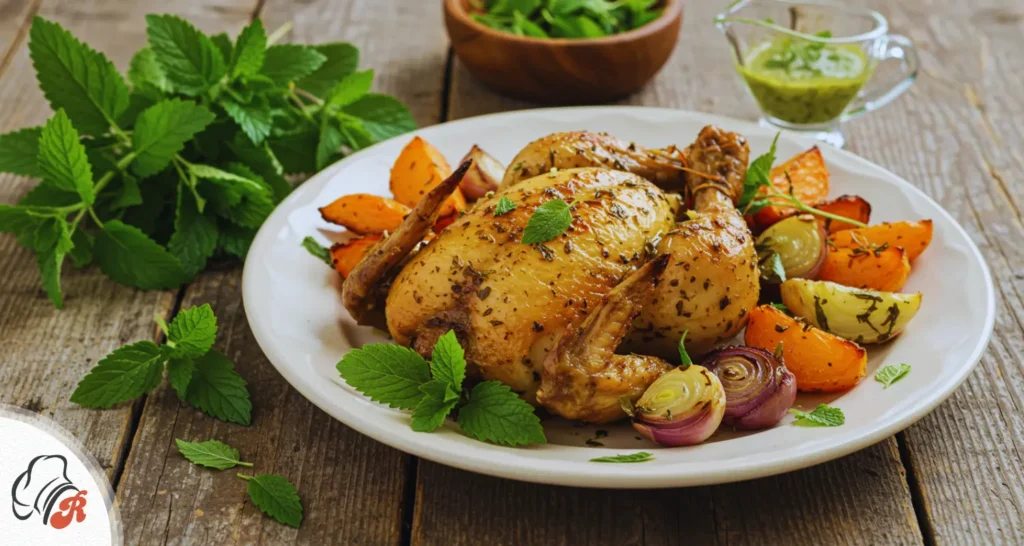
Lemon balm is incredibly versatile, so it can be used in a wide variety of recipes. Here are some specific dishes where lemon balm can truly shine:
- Lemon Balm Chicken: One of the most popular savory uses for lemon balm is in chicken recipes. The herb’s citrusy flavor complements the mildness of chicken, and it works beautifully in marinades. Try making lemon balm roasted chicken, lemon balm grilled chicken breasts, or a fresh lemon balm chicken salad. For a more vibrant flavor, add lemon balm to a simple lemon and olive oil dressing.
- Lemon Balm in Salads: Fresh lemon balm leaves make an excellent addition to fresh salads. They can be finely chopped and mixed with other herbs like basil or mint. Lemon balm also pairs well with fruits like strawberries, oranges, or cucumbers. Add a handful to your leafy greens for a burst of freshness.
- Lemon Balm in Desserts: Lemon balm is a great herb to infuse in sweet recipes, especially those involving citrus flavors. You can make a lemon balm syrup by simmering sugar, water, and lemon balm leaves until the flavors meld together. Use this syrup to drizzle over fruit salads, yogurt, or ice cream. Another idea is to incorporate lemon balm into a lemon sorbet or lemon bars for a refreshing twist.
- Lemon Balm in Beverages: Lemon balm can be added to both alcoholic and non-alcoholic drinks. Infuse it into lemonade for a refreshing herbal kick or add it to cocktails like mojitos and gin & tonics. Lemon balm also pairs nicely with fruit punches, iced teas, or sparkling water for a light, flavorful summer drink.
5. Tips for Storing Lemon Balm for Later Use
If you have an abundance of lemon balm, there are several ways to store it to keep it fresh for later use:
- Freezing Lemon Balm: Freezing lemon balm is an excellent way to preserve its fresh flavor. Simply wash and dry the leaves, then place them on a baking sheet in a single layer. Freeze for a few hours before transferring them to a freezer-safe bag or container. You can then use the frozen leaves directly in cooked dishes like soups, sauces, or stews.
- Drying Lemon Balm: If you have a large harvest, you can dry lemon balm by hanging it upside down in a cool, dry space with good airflow. Once dried, store the leaves in an airtight container or jar in a dark, cool place. Dried lemon balm can last for months and can be used in teas, soups, or seasoning blends.
- Herb Butter: Make lemon balm-infused butter by mixing softened butter with finely chopped lemon balm leaves. This herbed butter can be used on bread, roasted vegetables, or grilled meats. It’s a simple and flavorful way to enjoy the herb even when it’s out of season.
Lemon Balm Tea: A Calming and Refreshing Beverage
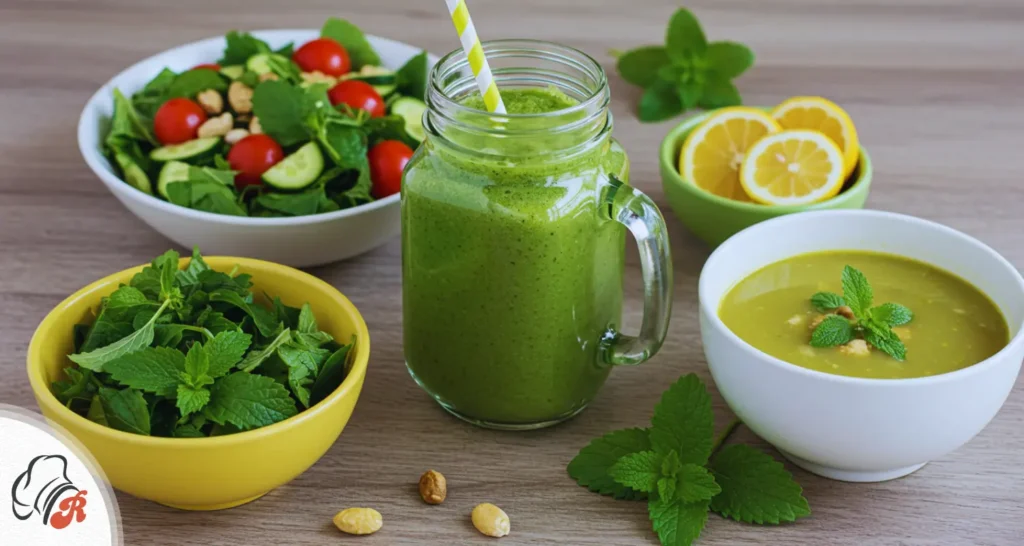
Lemon balm tea, made from the Melissa officinalis plant, is known for its fresh, citrus flavor and calming effects. It’s a perfect drink for those who need help relaxing or reducing stress. This herbal tea is naturally soothing, making it a great choice to unwind after a long day.
Simple to make and can be served hot or cold Whether you’re looking for a morning boost or a nighttime drink, lemon balm tea can help calm the mind and promote relaxation.
Lemon Balm Tea Recipe: Simple Recipe for Making Refreshing Lemon Balm Tea
Making lemon balm tea is quick and easy.
Ingredients:
- 1 to 2 teaspoons dried lemon balm leaves (or 2 to 3 fresh leaves)
- 1 cup hot water
- Honey or lemon (optional)
Instructions:
- Heat 1 cup of water until boiling, then take it off the heat.
- Add the lemon balm leaves to a cup or teapot.
- Pour the hot water over the leaves.
- Let it steep for 5 to 10 minutes, depending on how strong you like the flavor.
- Strain the leaves and enjoy. Add honey or lemon if you like.
You can also chill the tea for a refreshing iced version.
How to Use Lemon Balm for Anxiety: Natural Remedy for Reducing Stress and Anxiety
Lemon balm tea is an excellent choice for reducing stress and anxiety. It contains compounds that help calm the mind. Drinking a cup of lemon balm tea during stressful moments can help you feel more relaxed.
Start by drinking one cup in the morning to set a calm tone for your day. You can also have another cup in the afternoon or evening to stay relaxed. This natural remedy is gentle and can be a great way to manage stress without medications.
Lemon Balm for Relaxation: Perfect for Winding Down
Lemon balm tea is perfect for relaxing and unwinding. Its calming properties can help you feel less tense and more at ease. Drinking this tea before bed can help promote better sleep by calming your nerves and relaxing your body.
If you have trouble sleeping, try having a cup of lemon balm tea an hour before bed. It can reduce racing thoughts and help you drift into a peaceful sleep.
Lemon Balm in Savory Dishes: Delicious Chicken and More
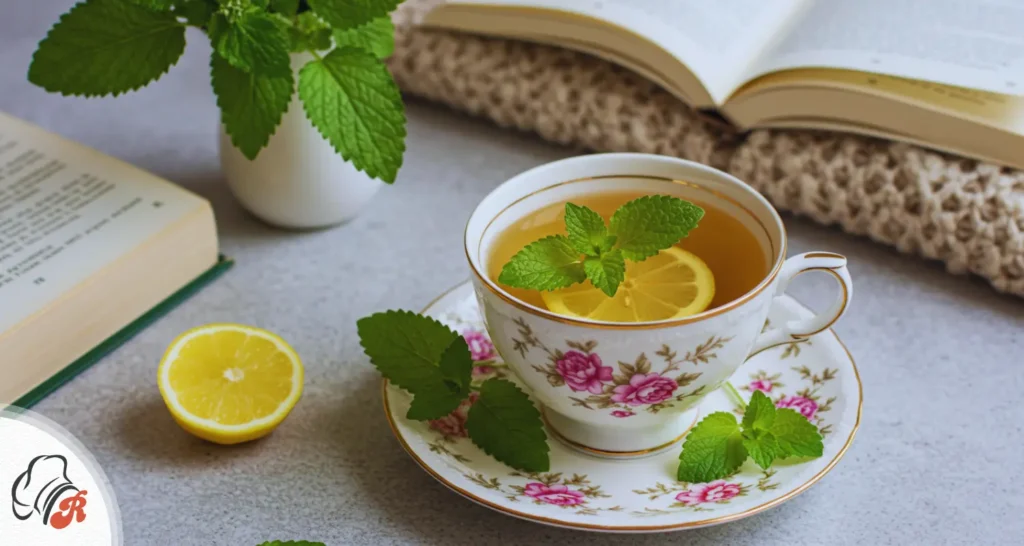
Lemon balm is a versatile herb that can elevate a variety of savory dishes. Its fresh, citrusy flavor pairs beautifully with both meats and vegetables, making it an excellent choice for adding a unique twist to your cooking. While it’s often associated with soothing teas, lemon balm can also shine in the kitchen as an aromatic herb, especially in chicken dishes, fresh salads, and pasta.
Its bright, lemony notes add a refreshing depth of flavor, while its subtle earthiness complements a wide range of ingredients. Let’s explore how to incorporate lemon balm into your savory meals.
Lemon Balm Recipes Chicken
Lemon balm’s vibrant flavor makes it the perfect herb for marinating chicken. A simple lemon balm marinade can infuse your chicken with a fresh, citrusy taste while keeping it tender and juicy.
Lemon Balm Marinated Grilled Chicken Recipe
Ingredients:
- 4 boneless, skinless chicken breasts
- 1/4 cup olive oil
- 2 tablespoons fresh lemon balm, finely chopped
- 1 tablespoon lemon zest
- 2 tablespoons fresh lemon juice
- 2 garlic cloves, minced
- Salt and pepper to taste
Instructions:
- In a bowl, combine olive oil, lemon balm, lemon zest, lemon juice, garlic, salt, and pepper.
- Mix everything well and coat the chicken breasts in the marinade.
- Cover the bowl with plastic wrap and let it marinate in the refrigerator for at least 30 minutes, or up to 2 hours for more flavor.
- Preheat your grill to medium-high heat.
- Grill the chicken for about 6-8 minutes on each side, or until fully cooked and the internal temperature reaches 165°F (75°C).
- Serve with a side of roasted vegetables or a fresh salad for a light, flavorful meal.
The lemon balm adds a refreshing and herbal touch to the chicken, making this dish perfect for a summer barbecue or a weeknight dinner.
Lemon Balm in Salads and Dressings
Lemon balm is a wonderful addition to fresh salads and dressings. Its light citrus flavor can enhance the taste of mixed greens, citrus fruits, or even grain-based salads.
Tips for Using Lemon Balm in Salads
- Chop Fresh Leaves: Add finely chopped fresh lemon balm leaves directly to your salad for a subtle burst of flavor.
- Pair with Fresh Greens: Lemon balm pairs well with greens like spinach, arugula, and mixed lettuces. It enhances the freshness without overpowering the salad.
- Use in Fruit Salads: Its citrus notes complement fruits like strawberries, oranges, and apples. Add lemon balm to fruit salads for a refreshing, herbal twist.
Lemon Balm Dressing Recipe: Lemon balm can also be used in dressings, where its flavor is highlighted. Here’s a simple recipe for a lemon balm vinaigrette:
Ingredients:
- 1/4 cup fresh lemon balm, chopped
- 1/4 cup extra virgin olive oil
- 2 tablespoons lemon juice
- 1 tablespoon Dijon mustard
- Salt and pepper to taste
Instructions:
- In a small bowl, whisk together the lemon balm, olive oil, lemon juice, Dijon mustard, salt, and pepper.
- Taste and adjust seasoning if needed.
- Drizzle the dressing over your favorite salad, toss, and serve.
This dressing adds a fresh, herbal flavor to your greens and works perfectly with grilled chicken or seafood salads.
How to Use Lemon Balm in Recipes: Highlight Additional Savory Dishes
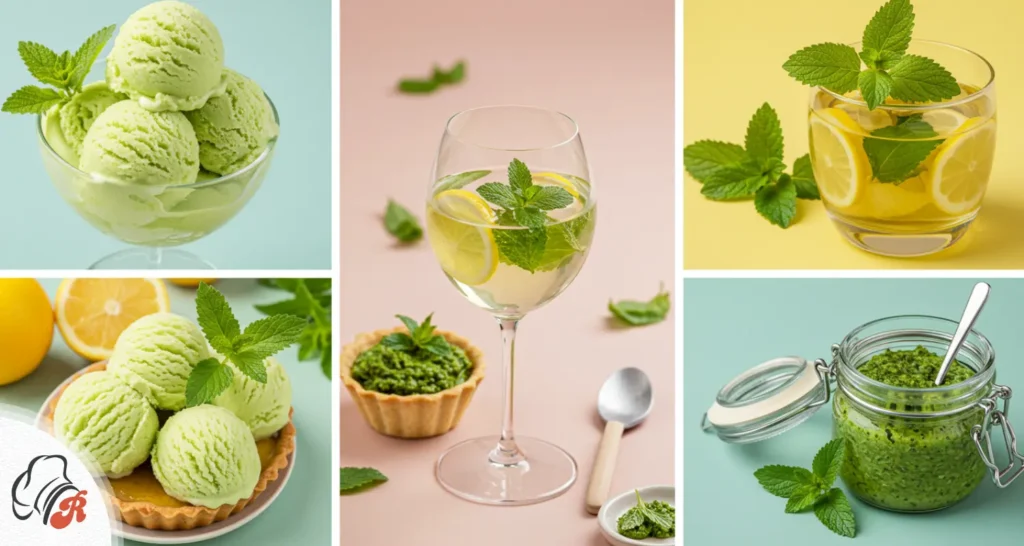
Lemon balm isn’t limited to just chicken and salads; it can be incorporated into a variety of savory dishes to add depth and freshness.
In Pasta Dishes: Lemon balm pairs beautifully with creamy pasta sauces. You can stir in chopped lemon balm at the end of cooking for a fresh, zesty flavor. Try adding it to pasta dishes with lemon, garlic, and olive oil for a light, flavorful meal. It’s also a great addition to pesto, where it complements basil for a unique twist.
In Roasted Vegetables: Toss chopped lemon balm into roasted vegetables like potatoes, carrots, or zucchini for a herbal citrus flavor. Add the lemon balm during the last 5-10 minutes of roasting so it doesn’t lose its bright flavor.
Lemon Balm in Soups: Lemon balm can be added to broths or creamy soups to add a refreshing note. It pairs well with vegetable-based soups, especially those with a citrus component like lemon or lime. A dollop of lemon balm pesto can also add extra flavor to a bowl of soup.


